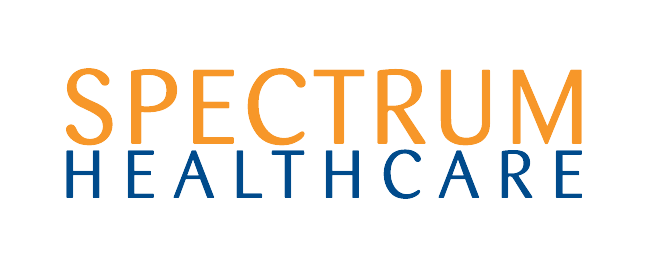
Whiplash
What is Whiplash?
Whiplash injury occur when you head moves rapidly in one direction and then back. Or in other words, a fast acceleration-deceleration of the neck. Most commonly this happens as a result of rear-end car accidents, but can also occur following sporting collision or falls. The impact of a whiplash event can cause bony and/or soft tissue injury to the structures neck, with symptoms and severity varying widely between individuals.
Research shows approximately 20% of those involved in a rear-end accident develop some degree of whiplash symptoms(1). Furthermore, in 20 to 40% of these people symptoms become chronic and can persistent for many months or sometimes years(2).

Symptoms of Whiplash
Neck pain and/or stiffness is the most common symptom of whiplash, and surprisingly does not always develop straight after the injury but sometimes up to several days later. Other symptoms that can arise from whiplash include:
- Headaches
- Shoulder pain, arm, upper back pain
- Dizziness or unsteadiness
- Altered sensation, such as burning or pricking sensations
- Visual disturbances, such as blurry or double vision
- Difficult with memory or focusing
- Psychological distress(3)
How do you treat whiplash?
Following a whiplash injury, it is important to see your Doctor. In most cases, further tests or X-rays are not required but your Doctor can provide advice and medication to help manage your initial pain. It is also important to remain active after a whiplash incident. This involves not avoiding using your neck and resuming normal activities as soon, including sport and exercise.

If you are experiencing any of the symptoms listed above, Physio or Sports Chiro-guided rehabilitation may be vital to restore function of the neck muscles, tendons and joints. Specifically, Physiotherapy or Sports Chiro can provide:
Strategies to help manage neck pain:
Modifying our everyday activities to reduce the pain we are experiencing, particular in the acute stage following injury. For example, alternating the side you carry your bag on.Range of motion exercises:
Gentle movement exercises to help reduce neck stiffness following a whiplash injury.Motor control exercises:
Restoring the muscular control of the neck, both in static and dynamic postures, which we need for everyday activities.Vestibular rehabilitation:
Particularly to reduce symptoms of disrupted vision or balance, i.e. dizziness, blurry vision, headaches. This involves specialised exercise to re-establish the natural coordination between the structures of the neck to the visual system, the vestibular system and the brain.

The Importance of Vestibular Rehabilitation
There are millions of sensory receptors within the muscles, tendons and joints of the neck. The signals received from these receptors coordinate with our visual system (the eyes) and the inner ear (the vestibular system) to communicate with our brain automatically.
The impact of a whiplash injury can disrupt and alter these signals and subsequently cause us to experience symptoms including: headaches, dizziness, and double vision. As such, Vestibular Rehabilitation is aimed to re-establish this autonomous connection between the receptors of the neck to our eyes and inner ears.

References
1. Rinaudo, C. (2015, July 23). Whiplash. Retrieved from https://www.brainhub.com.au/conditions/whiplash/.
2. Verhagen AP, Scholten-Peeters GG, van Wijngaarden S, de Bie RA, Bierma-Zeinstra SM. Conservative treatments for whiplash. Cochrane Database Syst Rev. 2007 Apr 18;(2):CD003338. Review. PubMed PMID: 17443525.
3. Yadla, S., Ratliff, J. K., & Harrop, J. S. (2008). Whiplash: diagnosis, treatment, and associated injuries. Current reviews in musculoskeletal medicine, 1(1), 65–68. doi:10.1007/s12178-007-9008-x
